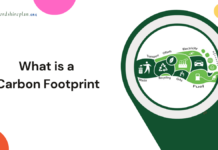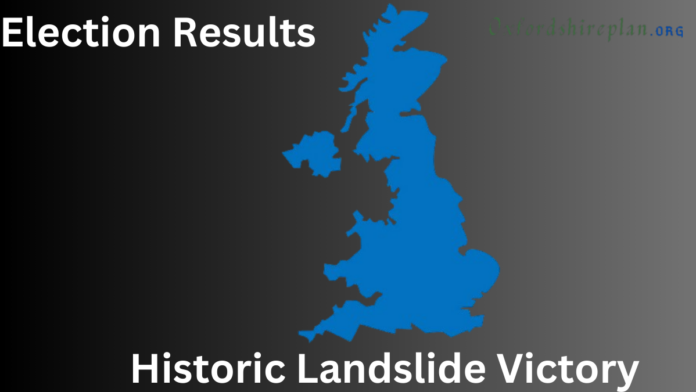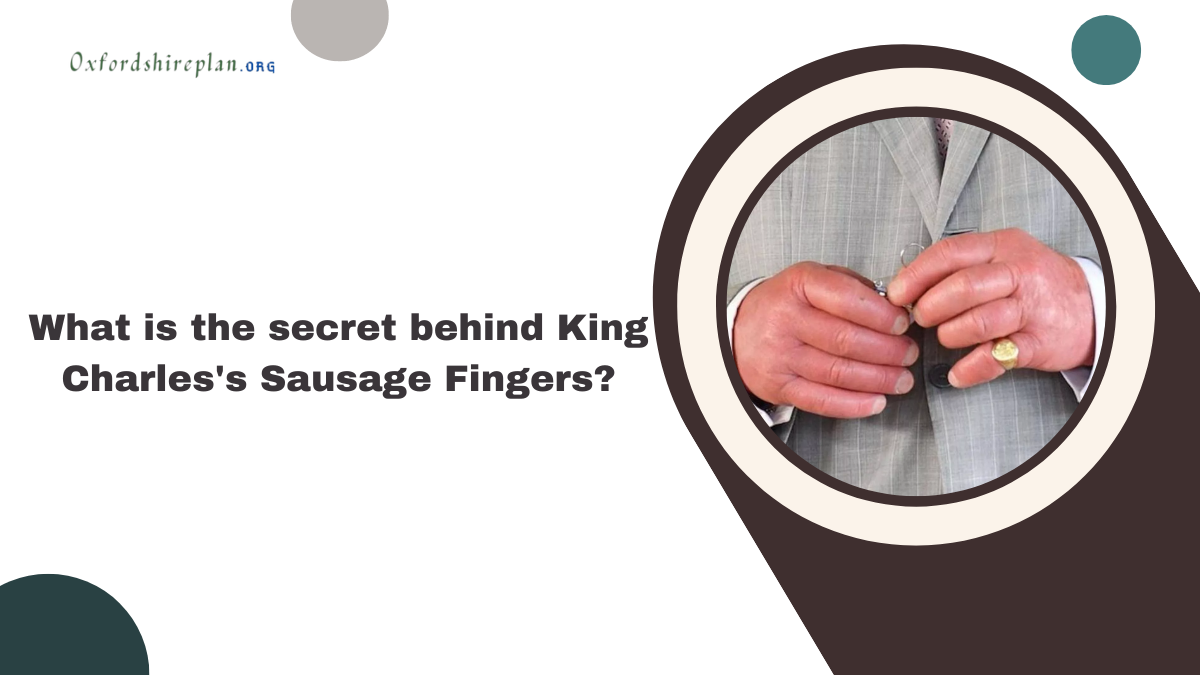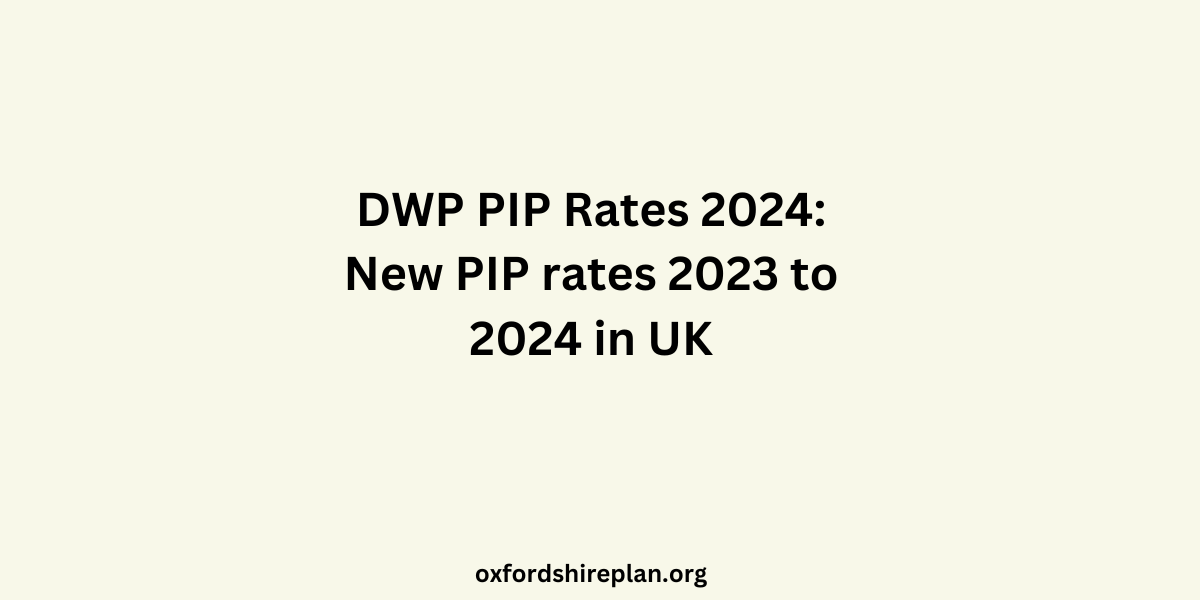The Labour Party is poised to secure a resounding victory in the 2024 general election, with more than 600 out of 650 results declared. According to the latest forecast, the party is expected to win 410 Seats and a Majority of 170
This landslide victory would give Labour a significant majority in the House of Commons, allowing them to form a government without the need for coalition partners.
Contents
- Conservative Party’s Historic Defeat
- Liberal Democrats’ Highest Tally Since 1923
- SNP’s Disappointing Performance
- More minor Parties’ Modest Showing
- Other Parties’ Seat Projections
- Vote Share Changes
- Voter Turnout
- Vote Share Across the UK
- Seat Projections
- Expert Analysis
- Seats Won by Different Parties
- Party Performance in Scotland
- Vote Share Changes in Scotland
- Constituency Declarations in Wales
- Party Performance in Wales
- Regional Shifts in England
- Regional Analysis of Seat and Vote Share Changes
- Conservative Party Performance
- Labour Party Performance
- Liberal Democrats’ Performance
- Vote Share Changes
Conservative Party’s Historic Defeat
The Conservative Party is facing its worst result in history, with a forecast of only 129 Seats. This significant defeat would see the party lose a substantial number of seats, leading to a considerable shake-up in the party’s leadership and policies.
Liberal Democrats’ Highest Tally Since 1923
The Liberal Democrats are expected to win 69 Seats. This would be the party’s highest tally since 1923, marking a significant increase in seat count and influence in the House of Commons.
SNP’s Disappointing Performance
The Scottish National Party (SNP) is forecast to win only 9 Seats. This disappointing result would see the SNP lose ground in Scotland, with Labour making significant gains in the region.
More minor Parties’ Modest Showing
Reform UK, Plaid Cymru, and the Green Party are each expected to win 4 Seats
While these parties have struggled to significantly impact the election, they have still managed to secure some seats and will have a presence in the House of Commons.
This election has seen a significant shift in the political landscape, with Labour emerging as the clear winner. The Conservative Party has suffered a historic defeat, while the Liberal Democrats have made notable gains. The SNP has lost ground in Scotland, and smaller parties have struggled to make an impact.
Other Parties’ Seat Projections
In addition to the major parties, other parties, including those in Northern Ireland, are expected to secure 22 Seats. This includes parties such as the Democratic Unionist Party (DUP), Sinn Féin, and the Alliance Party, among others.
Labour Party: Vote share up by less than 2%
Conservative Party: Vote share down by almost 20%
This significant decrease in vote share for the Conservatives reflects a major shift in public opinion, while Labour’s modest increase indicates a steady level of support.
Voter Turnout
Predicted Turnout: 60% across the UK
Historical Context: This will be the second lowest turnout ever in a UK election since 1885
Comparison: Only the 2001 election had a lower turnout, at 59%
The predicted turnout of 60% indicates a relatively low level of voter engagement, with many eligible voters choosing not to cast their ballots. This could be attributed to various factors, including voter apathy, political disillusionment, or a perceived lack of impactful choices.
- Labour Party: 35% share of the vote
- Conservative Party: 23% share of the vote
- Reform Party: Third place by share of the vote, but struggling to convert votes into seats
- Green Party: 7% share of the vote, their best general election performance yet
Seat Projections
- Liberal Democrats: Expected to have the third highest number of seats
- Reform Party: Only four MPs returned so far, including party leader Nigel Farage in Clacton
- Green Party: Has taken Bristol Central, Waveney Valley, and North Herefordshire and held Brighton Pavilion
Expert Analysis
According to polling expert Sir John Curtice, the Green Party’s performance is a significant achievement, indicating a growing surge of support for the party’s environmental and social policies.
Seats Won by Different Parties
This map highlights the seats that have changed hands, with a different party winning compared to the last general election.
Party Performance
- Labour Party: Made significant gains in Scotland, eating into the SNP’s previous dominance.
- Won seats previously held by the SNP, indicating a shift in voter support
- Liberal Democrats: Performed well in England, winning seats across the region
- Demonstrated a strong showing, picking up seats from other parties
Party Performance in Scotland
- Labour Party:
- Made significant gains in Scotland, winning numerous seats
- Substantially increased their presence in the region
- Scottish National Party (SNP):
- Lost more than 35 seats in Scotland, experiencing a substantial decline
- Suffered a significant setback in the region
- Liberal Democrats:
- Won a modest number of seats in Scotland, making some gains
- Performed relatively well in the region
- Conservative Party:
- Managed to hold on to three seats in Scotland
- Maintained a small but significant presence in the region
- SNP:
- Experienced a 15-point decline in vote share
- Lost significant support among Scottish voters
- Labour Party:
- Saw an 18-point increase in vote share
- Enjoyed a substantial surge in support in Scotland
This election has seen a significant shift in Scotland’s political landscape, with Labour making major gains and the SNP losing significant ground. The Liberal Democrats and Conservatives have also seen changes in their fortunes, reflecting the evolving preferences of Scottish voters.
Constituency Declarations in Wales
All constituencies in Wales have been declared, revealing significant changes in party representation.
Party Performance in Wales
- Labour Party:
- Gained nine seats, increasing their total to 27
- Made significant strides in Wales, expanding their presence
- Conservative Party:
- Lost 12 seats, leaving them with no MPs in Wales
- Suffered a major setback, losing all their seats in the region
- Plaid Cymru:
- Gained two seats, bringing their total to four
- Made modest gains, increasing their presence in Wales
- Liberal Democrats:
- Won Brecon, Radnor, and Cwm Tawe securing three seats
- Performed relatively well, gaining some ground in Wales
These results reflect a significant shift in Wales’s political landscape, with Labour making major gains and the Conservatives losing all their seats. Plaid Cymru and the Liberal Democrats have also seen changes in their fortunes, reflecting the evolving preferences of Welsh voters.
Regional Shifts in England
A closer look at the election results across various regions in England reveals significant seat and vote share changes.
Conservative Party Performance
- Lost over 90 seats in the South (excluding London)
- Vote share down by approximately 25% in the same region
Labour Party Performance
- Made seat gains in the Midlands, North, and South
- Increased their stronghold in London by four seats
Liberal Democrats’ Performance
- Increased their seats in the South by over 40%
- Achieved their highest regional tally in the South
- Labour and Liberal Democrats’ vote share remained relatively stable
- Reform Party’s vote share increased across all regions
These regional shifts indicate a significant change in the political landscape of England, with the Conservatives losing ground in the South and Labour making gains across multiple regions. The Liberal Democrats have also seen a significant increase in seats in the South, while the Reform Party has seen a rise in vote share across all regions.

Jonathan is an avid automobile enthusiast who is passionate about all things on wheels. From the latest car models to classic vintage rides, I love exploring the automotive world’s intricate details and engineering marvels. With years of experience in test-driving, reviewing, and analyzing cars, I provide readers with comprehensive insights and honest opinions.
















